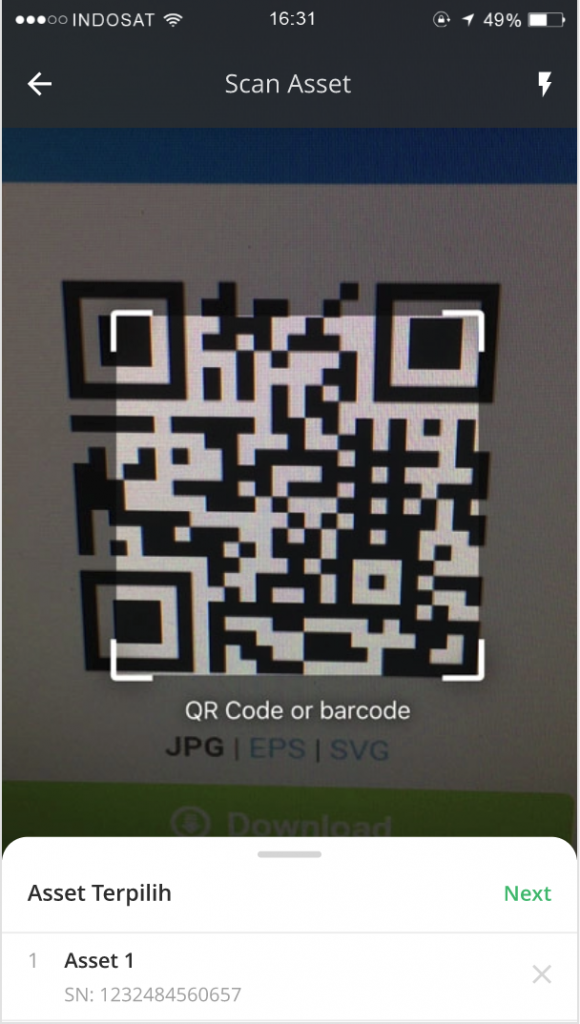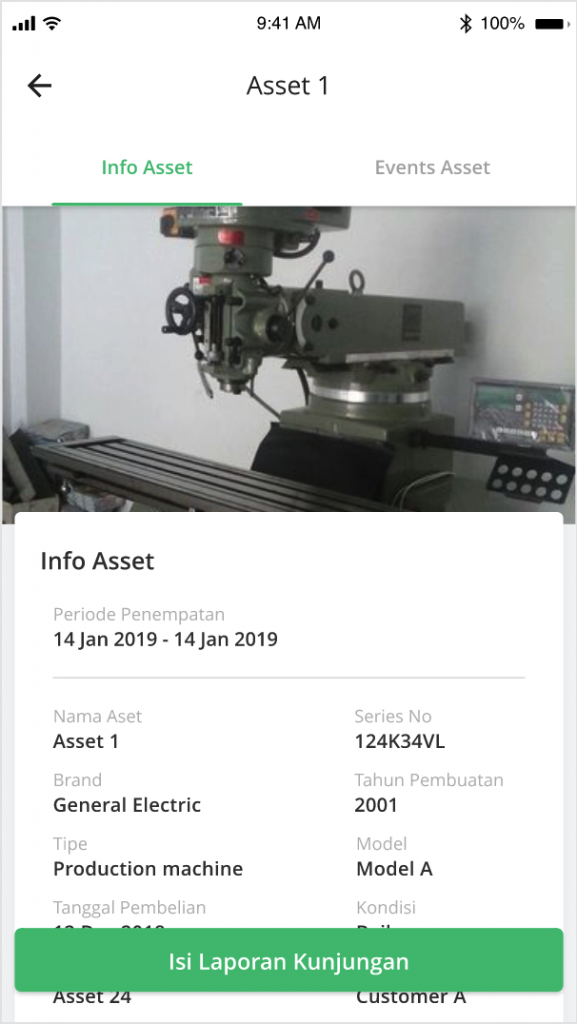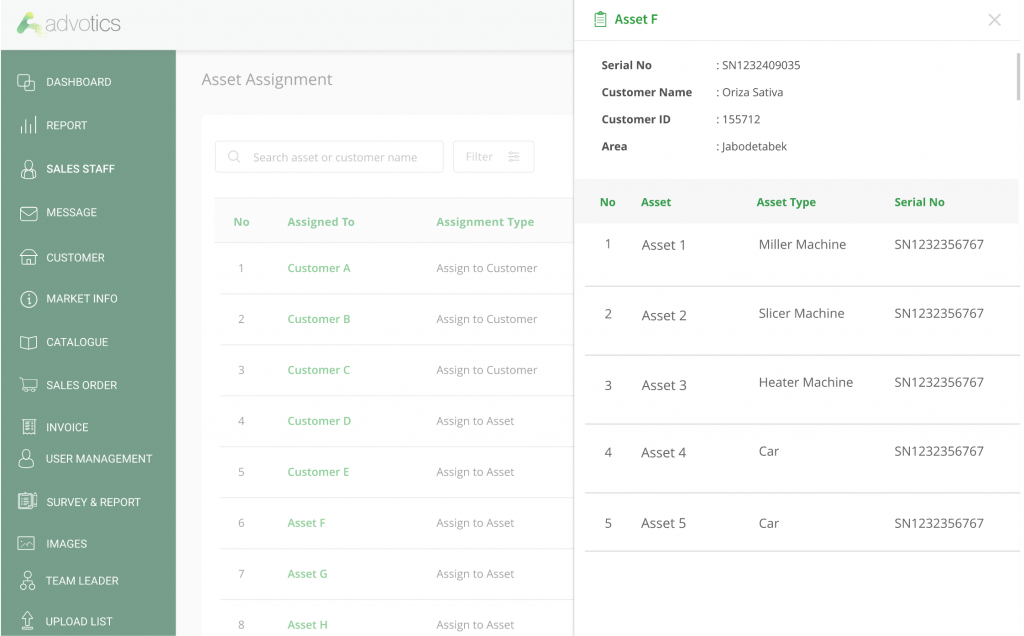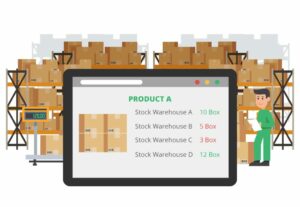
Table of Contents
What is an Asset Management System?
Asset management is a company’s equipment and goods tracking system for their daily business operations. Asset tracking is increasingly difficult especially if the assets are located in different branch office locations, or even leased and placed in various client/partner locations.
A great asset management system can improve operational efficiency, extend the life of an asset, reduce damage costs, and manage capital expenditure better throughout the lifetime of the asset.
Why is Asset Management Important?
Unfortunately, companies who are not careful in handling their assets will not realize until they are faced with problems such as:
1. Unknown location and time of transfer
Assets that are not carefully recorded will be difficult to find, especially if assets are only recorded when leaving the warehouse and not when moving from one customer to another.
2. Equipment that is damaged and difficulties in monitoring maintenance status.
If any damaged equipment is not reported and maintenance is not monitored, when one day the client’s needs are suddenly high, the company must be forced to buy or lease the equipment again.
3. Customer dissatisfaction due to the slow handling of asset damage.
4. Inaccurate information needed for accounting.
For example, the usage length, usage status (productive/not), the data needed for the calculation of depreciation, etc.
Asset Management Module in Workforce Management System (WORK) & Distribution Management System (DMS)
A paper-based manual system with scattered data sources is no longer sustainable in this increasingly competitive market. Advotics relies on synchronization to collect reports from all data sources into one system.
Centralized information systems can facilitate technicians, supervisors and management in tracking the movements and condition of assets. Now, the company can monitor all its equipment and its movements in the field. Assets can be transferred from the company office to the client, or from one client to another.


How the Asset Management Module Works
In the system, asset IDs can be either serial numbers or QR codes. Asset location data such as head office and client coordinates are captured with Advotics mobile application so they can be visualized on a map. In addition to ID and location, technicians or operators can also complete asset specifications such as brand, type, date of purchase, etc. All items brought to the field will be scanned by the operator. Data for each visit and activity/event (moving, repairing, or maintaining assets) are recorded through the mobile device operator and will be synchronized throughout the system, so that supervisors in the office can monitor all items and their status in the web dashboard. If there are conditions where maintenance requests or damaged equipment are more than usual, the supervisor can also devise a strategy where he can prioritize which tools are more crucial so that maintenance can take precedence.
Benefits of Advotics Asset Management Software
1. Maintain and check health condition of assets (regardless of location) in real time
Management can see an overview of all company assets and locations in the visualization dashboard. Supervisors can easily allocate and prioritize which work needs to be completed first, whereas technicians will always be on alert in handling maintenance.
2. Extend assets lifetime with a more regular maintenance schedule
Since each device is monitored more routinely, product quality will also last longer.
3. Maintaining customer satisfaction
By expediting the information process, companies can handle customer requests faster
4. Save time and energy for asset data collection
Data stored in the cloud will prevent the possibility of data loss or scattered data (a common situation when there are technicians who no longer work at the company). In addition, a neat record can also increase employees’ sense of ownership and responsibility for an asset.



